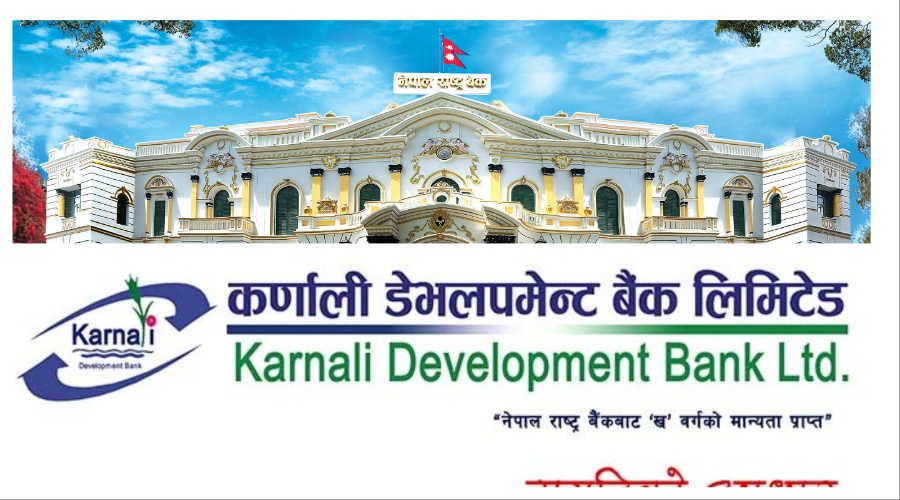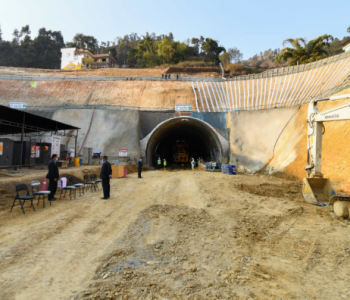NRB investigates liquidity of six financial institutions following Karnali Development Bank scandal

KATHMANDU: In the aftermath of the Karnali Development Bank scandal, Nepal Rastra Bank (NRB) has initiated an analysis of the liquidity status of six financial institutions, including development banks and finance companies.
This week, NRB issued letters to commercial banks seeking information on whether these six institutions had deposits in commercial banks. Earlier, NRB declared Karnali Development Bank a troubled institution and took over its management after discovering that the bank had submitted fraudulent deposit certificates to the central bank.
Internal investigations revealed that former Chairman and CEO Rajendra Bir Rai, former CEO Dinesh Kumar Rawat, former Finance Department Chief Mahadev Thakuri, and current CEO Niraj Bikram Shah were complicit in fund misappropriation.
The bank’s records falsely indicated a balance of NPR 227.4 million in its account with the central bank (CRR) as of December 22, 2024 (Poush 7, 2081 BS), but investigations found the actual balance was nearly zero.
The probe also uncovered that senior management used fake balance certificates from other banks to cover up fund misuse. Manipulated documents, altered using Photoshop, were submitted as evidence to NRB’s monitoring teams.
In light of these revelations, NRB has intensified its oversight of six financially vulnerable institutions to assess their liquidity.
“Letters have been sent to commercial banks to gather information about the deposit status of four development banks and two finance companies,” a source disclosed. “The responses are awaited.”
The institutions under review include:
– Development Banks: Saptakoshi Development Bank, Excel Development Bank, Narayani Development Bank, and Sindhu Development Bank.
– Finance Companies: Janaki Finance and Pokhara Finance.
According to NRB sources, the central bank is analyzing the liquidity of these institutions due to signs of financial instability and governance issues.
“Before taking any action, we aim to understand their liquidity position. If liquidity is manageable, the focus will be on allowing the banks to address issues through their management,” the source added. “The aim is to facilitate recovery through internal management rather than declare them troubled.”
In the early 2010s, NRB declared 16 financial institutions troubled and managed them under a separate department. Similar challenges now persist in regional development banks and finance companies, prompting the ongoing liquidity analysis.
The Karnali Development Bank scandal also highlighted alarming practices, including the submission of fake deposit certificates and underreporting of non-performing loans (NPLs), which exceeded 40% but were officially shown as 6-7%.
Assistant NRB Spokesperson Dr. Dilli Ram Pokhrel clarified that the request for information on deposit status is part of routine off-site supervision. “The purpose is to assess liquidity and address any emerging problems,” he stated.
NRB’s actions aim to ensure transparency and stability in Nepal’s financial system amid growing concerns about governance and financial health in certain institutions.













Facebook Comment